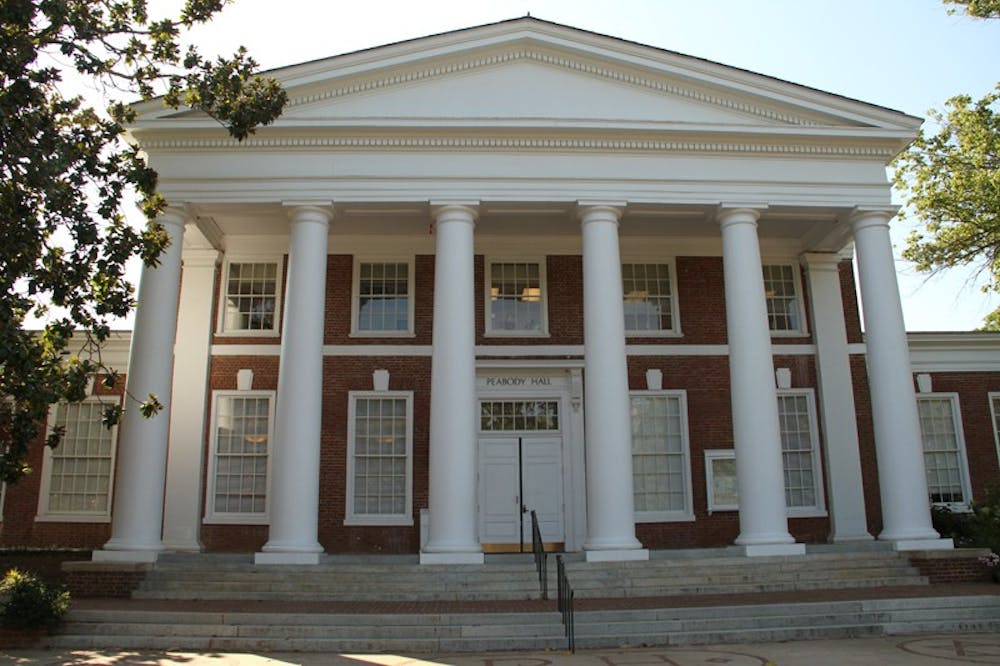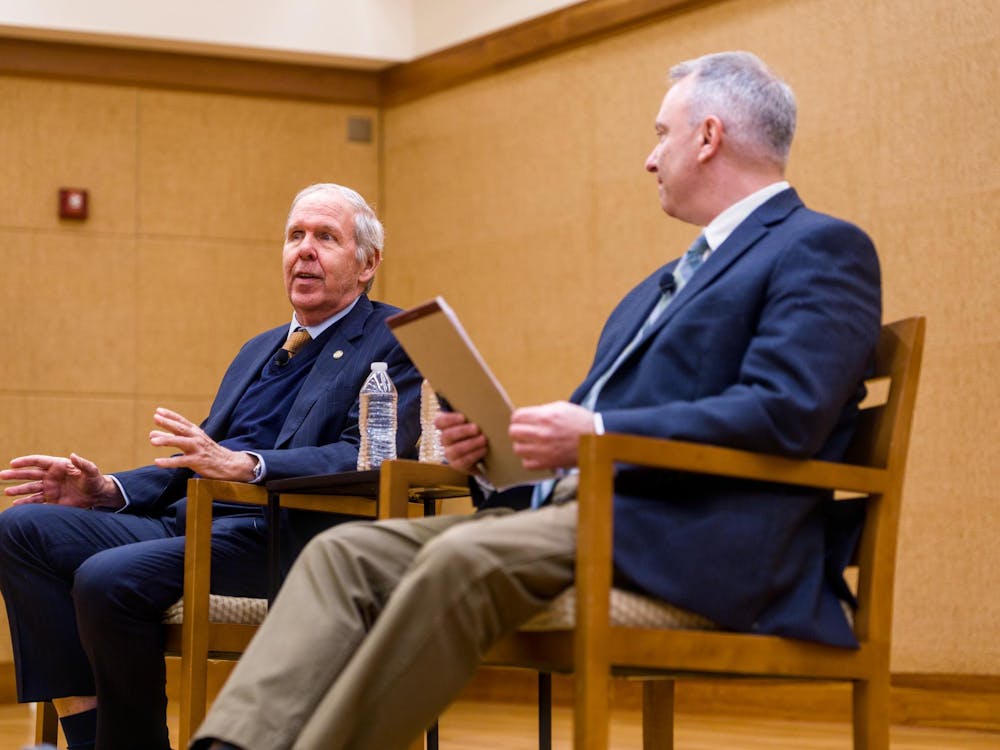Every spring, the University accepts approximately 700 transfer students, a select group of students from widely varying backgrounds.
In the fall, the new Wahoos join the university community along with incoming first-years, but these students took a different path to Charlottesville. Transfer students undergo a unique application process before taking their place in the student body.
“[Transfer students] bring with them diverse perspectives and experiences that contribute to the classroom and social environment here,” Dean of Undergraduate Admission Gregory Roberts said in an email.
Approximately 52 percent of transfer students come from the Virginia Community College System.
The Northern Virginia Community College has sent 262 students to the University in the last two years. An NVCC program allows students with a least a 3.4 out of 4.0 cummulative GPA after their second year guaranteed admittance to a four-year public university in the state, provided they followed a specific course plan.
“Transfer information is provided as part of New Student Orientation and via the College Success Skills classes, most often taken early in a student’s curriculum,” NVCC counselor Douglas Rhoney said.
Each NVCC campus has its own counselor who specializes in helping transfer students with any problems they encounter in the process.
The University does its part to engage community college students and help them through the transfer process as well, said Doug Hartog, senior associate dean of admissions.
“We try to visit as many of the schools in the VCCS system as possible each fall, including those in the Northern Virginia, to meet with prospective students and provide information about the application process as well as answer questions about U.Va.,” Hartog said in an email.
Attending NVCC or another community college does not guarantee admission to the University. Students must satisfy the University’s specific Guaranteed Admissions Program criteria in order to transfer.
“The transfer process involves honest and careful self-appraisal, a keen understanding of options and fidelity to the application and curricular requirements of the intended transfer institution,” Rhoney said.
Any student from NVCC interested in transferring is advised to start preparing for a move in their first year. This can affect the major they choose and the general education requirements they would need to finish before switching schools.
In addition to students from Virginia community colleges, the University accepts hundreds of other transfers from all across the country every year.
Jake Love, a second-year College student, transferred to the University after a year at Valley Forge Military Academy, where he was preparing to attend West Point.
“Transfer students have a lot to offer,” Love said. “We bring with us a breadth of new experiences that students who have been on Grounds since their first year have not been able to have.”
The transfer admissions process begins in the Provost’s office, where a target number of admitted students are identified. This is then factored into guaranteed admission programs, such as the one at NVCC. The admissions office assesses the grades, test scores, essays and recommendations of transfer applicants as they would for high school seniors.
“The number of offers made is dependent upon our projection of the yield rate for each school, in- and out-of-state,” Roberts said.
Certain programs within the university require a separate admission process to undergraduate programs, such as Nursing, Engineering, the Commerce School and the Batten School. Applicants to these schools must complete necessary prerequisites before applying to the respective programs.
This year, 40 students entered the Nursing School, 60 entered the Engineering School, 32 entered the McIntire School, and four entered the Batten School.
The first year of a transfer student can differ widely from that of a typical first year.
Drew Cohen, a second-year Engineer from the University of Michigan, said that housing transfers together makes integrating more difficult.
“When you come in as a transfer student a lot of people already know each other,” Cohen said. “Students who are transfers have to live in Hereford, which is a very different type of scene. It doesn’t help you meet people as much.”
Building bonds with classmates who have been at the University since first-year can be difficult, Love said, but he added the University community was relatively welcoming.
“Attending a new school where most [of] your classmates already have established friend groups can make it hard to get beyond the ’10-second conversation’ with people,” he said. “U.Va. students are always eager to meet new people and broaden their friend groups and this established culture has helped my transition.”







